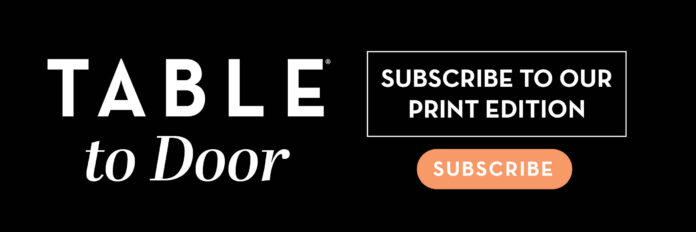The realm of the cutting board is surprisingly diverse, with options in wood, bamboo, plastic, composite materials—plus glass. Even within each category, there are myriad choices. Do you want end grain wood or not? In plastics, do you want thin and flexible or thicker and rigid? And when would you choose bamboo?
A Few Guidelines to Help You Pick the Best Cutting Boards
Flat (or edge) grain Wood
These are versatile and come in many sizes and shapes. They are generally lightweight and easy to care for. Look for sustainable hardwoods such as cherry and maple. Thicker boards will resist warping over time. They are more prone to scratching, but an occasional light sanding can remove shallower cuts.
End Grain Wood
Formed by gluing pieces of wood with, as the name suggests, the end grain of the wood exposed. These are extremely durable and less prone to scratching than flat grain wood. The also resist deeper cuts as the grains are able to close up, “healing” themselves. Really large and thick ones get mighty heavy though, and they do require some maintenance.
Bamboo
In addition to being highly sustainable (bamboo grows unbelievably quickly), bamboo boards are generally less expensive. The surface is naturally hard, which makes it less prone to water damage and bacteria buildup. However, this hard surface can be rougher on knives, making them dull more quickly. Better for targeted use such as a small one at the bar.
Plastic
Flexible plastic boards are cheap and cheerful. These (often) colorful sheets are a great addition, even if you have a larger, “regular” cutting board nearby. You can chop ingredients and carry them directly to the sauté pan / mixing bowl / food processor. Most can be thrown into the dishwasher. And because they’re so inexpensive, it’s no crime if they get a bit stained.
Thicker plastic boards are quite durable and (generally) easier on knives than, say, bamboo. Depending on the size, they can also go in the dishwasher, although are not as easy to fit in as their flexible siblings. They come in a very wide variety of sizes and shapes. They are also somewhat prone to staining but a scrub with hydrogen peroxide can help.
Our Recommendations for Cutting Boards

Wood, Flat Grain
Maple Cutting Boards 2-1/4″ Thick (RA-Board Series) / John Boos
Boos makes a wide selection of beautiful boards, both edge-grain and flat. These maple boards are on the higher end, but will last forever.
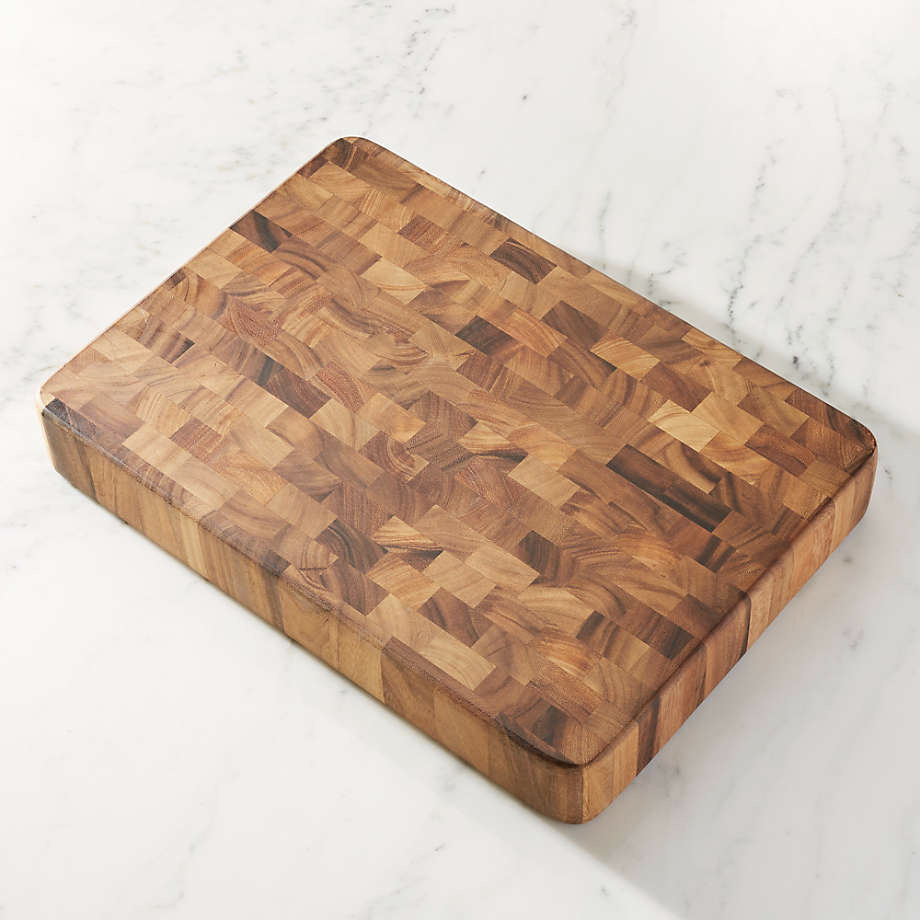
Wood, End Grain
Rectangular End Grain Cutting Board / Crate & Barrel
An affordable yet substantial end-grain board available in three sizes and shapes, made from acacia wood and footed, which makes them easier to pick up.
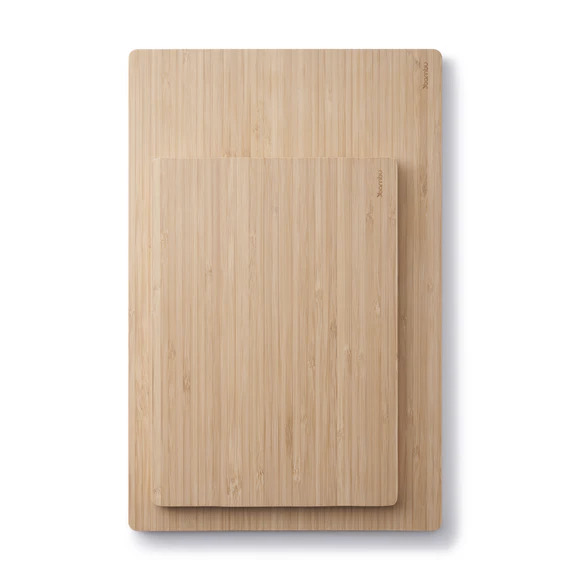
Bamboo
Undercut Series Cutting Boards / Bambu
Available in two sizes, these boards are made from sustainable bamboo, laminated using formaldehyde-free adhesive and finished with food-safe oil.
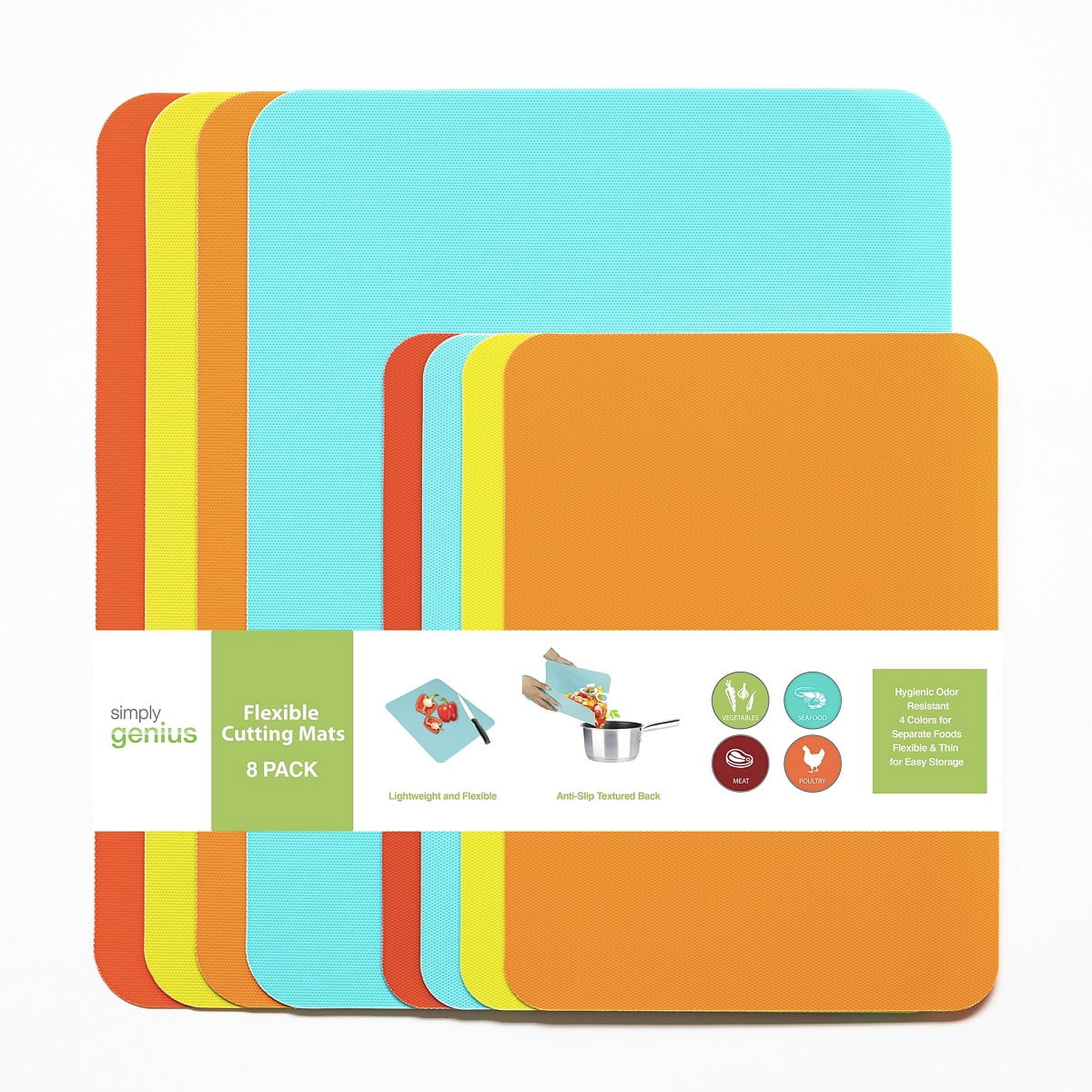
Plastic Sheets
Simply Genius 8pc Plastic Cutting Board Set / Walmart
Slightly thicker and with non-slip backs, these are idealized versions of the flexible mat. Perfect for kosher kitchens and households with food allergies, vegans, etc.
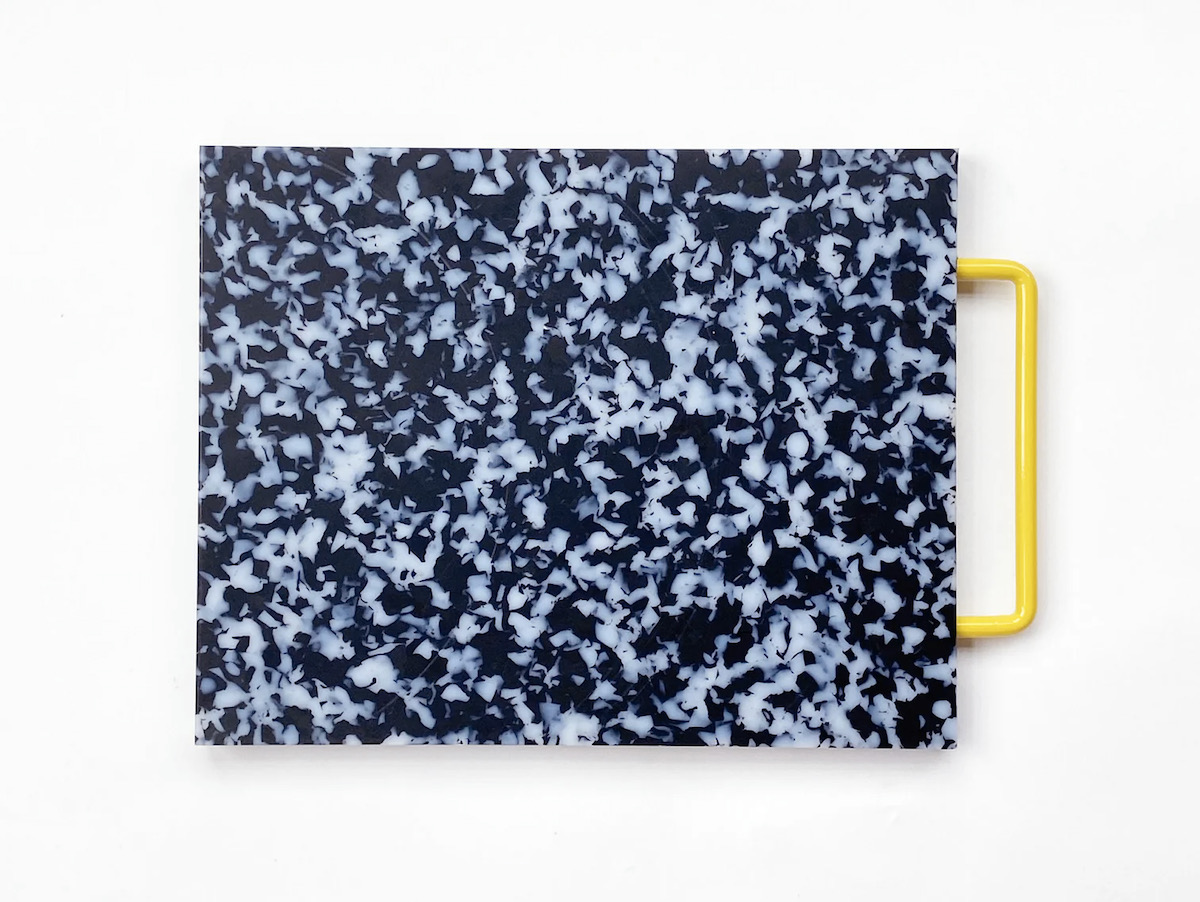
Plastic
Black/White Cutting Board / Fredericks and Mae
These fun boards come in several colorways—from a confetti of bright colors to this stunner in black and white. A contrasting metal handle makes it easy to lift and carry.
Story by Stephen Treffinger
Subscribe to TABLE Magazine’s print edition

